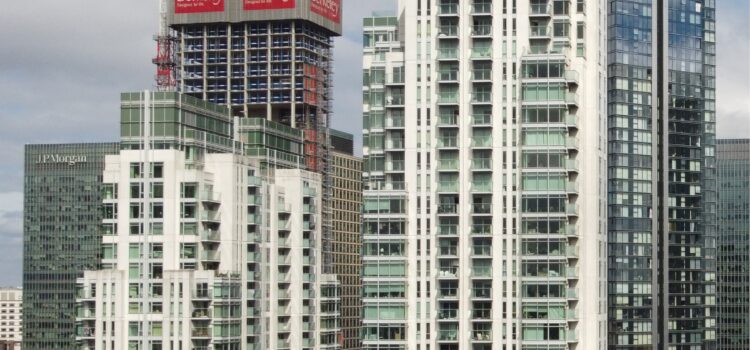Drones in UK Building Surveying

As the demand for efficient, and cost-effective surveying solutions continues to grow, it’s crucial for building surveyors to understand the role of drones.
In this blog post, we’ll delve into how drones are utilised, and how surveyors can adapt successfully to benefit their services and advance the profession.
The Role of a Building Surveyor
The role of a building surveyor is crucial across the built environment. From residential to commercial properties, they are responsible for assessing the quality and condition of buildings as well as advising on the best ways to improve them.
Traditionally, building surveyors would rely on manual measurements, photographs, and physical inspections to gather data to advise on.
What Are Drones and How Are They Being Used?
Drones, or Unmanned Aerial Vehicles (UAVs), are generally small, remotely piloted aircraft, equipped with advanced camera technology, making them ideal for capturing precise and comprehensive surveying data.
The applications of drones in the UK built environment are extensive:
- Aerial Surveys: Drones can access difficult-to-reach areas, reducing the need for risky manual inspections. This is particularly advantageous for inspecting rooftops, facades, and industrial sites.
- 3D Mapping: Specialist drones can create accurate 3D models of buildings and structures for digital design, construction, and maintenance purposes.
- Thermal Imaging: Thermal cameras on drones can detect temperature variations in buildings, helping to identify insulation problems and energy inefficiencies.
- Progress Monitoring: Drones can document construction progress with repeat aerial survey missions, allowing for real-time project tracking and quality control.
How Will Drones Shape the Role of a Surveyor?
Drone technology continues to change to the world of surveying, introducing a new era of efficiency and innovation.
These advancements impact various dimensions of surveying practices, enhancing accuracy and overall effectiveness, including:
- Enhanced Data Collection: Drones provide surveyors with a wealth of data that was previously challenging to obtain. This information allows for more accurate assessments and in-depth analysis.
- Efficiency: Drones can cover large areas quickly, reducing the time and cost associated with traditional surveying methods. Surveyors can focus their efforts on analysis and decision-making rather than data collection.
- Improved Safety: Drones can access hazardous or hard-to-reach areas without endangering surveyors’ lives. This promotes workplace safety and reduces risks.
- Detailed Visualisation: High-resolution imagery and 3D modelling provide an improved visual understanding of real-world conditions, aiding in decision-making.
How Can Building Surveyors Adapt?
As the built environment continues to evolve with drone technology, surveyors must adapt to stay relevant and competitive in the industry.
Here are some ways they can do so:
- Collaboration: Collaborate with qualified drone operators or establish framework agreements to take advantage of the technology’s capabilities.
- Data Analysis: Prioritise data interpretation and analysis, using the information collected by drones to provide valuable insights to clients and stakeholders.
- Regulations: Drones in the UK are subject to evolving regulations, and surveyors must stay informed and compliant with the latest updates, rules and restrictions.
Conclusion
In conclusion, building surveyors should benefit significantly from the capabilities of drones, enabling more accurate and informed advice to their clients.
At Survey Air, we offer a wide range of specialist drone services tailored for the UK built environment, including Aerial Surveys, 3D Mapping, & Digital Media solutions.
If you are interested in using drones for your next survey or project, please contact our expert drone team today to request a free quote and consultation.